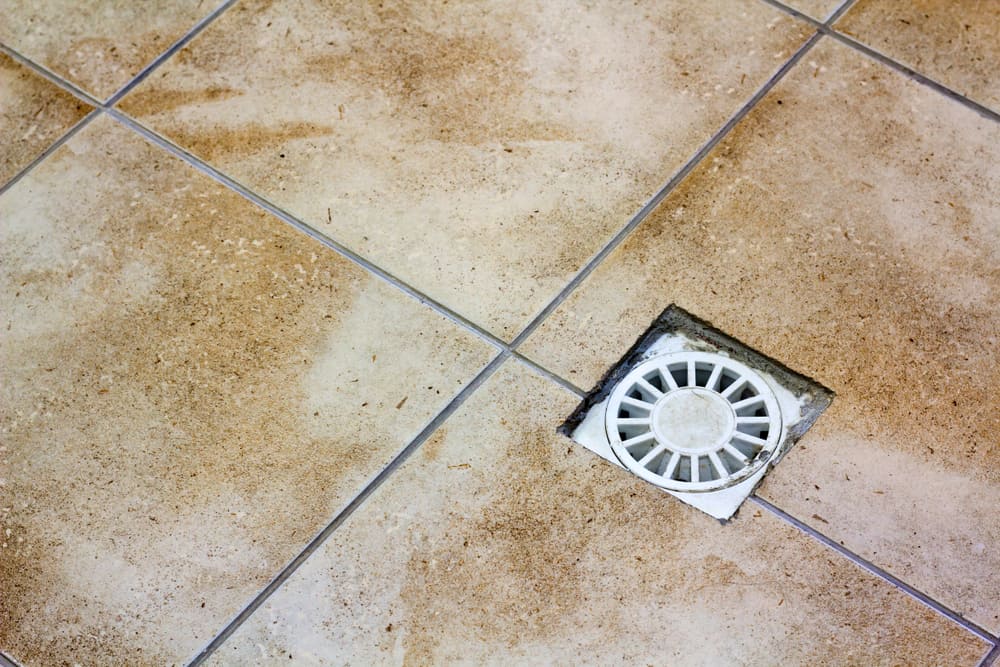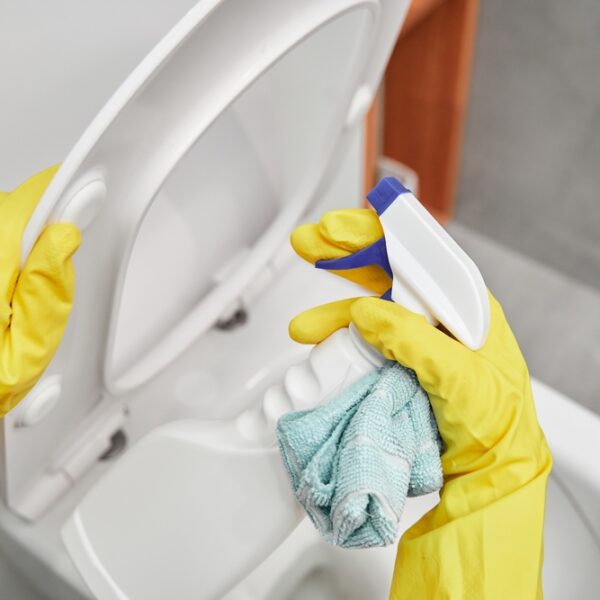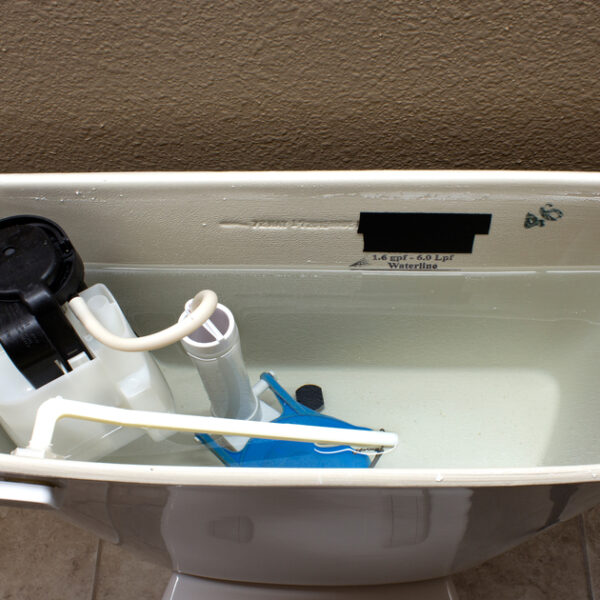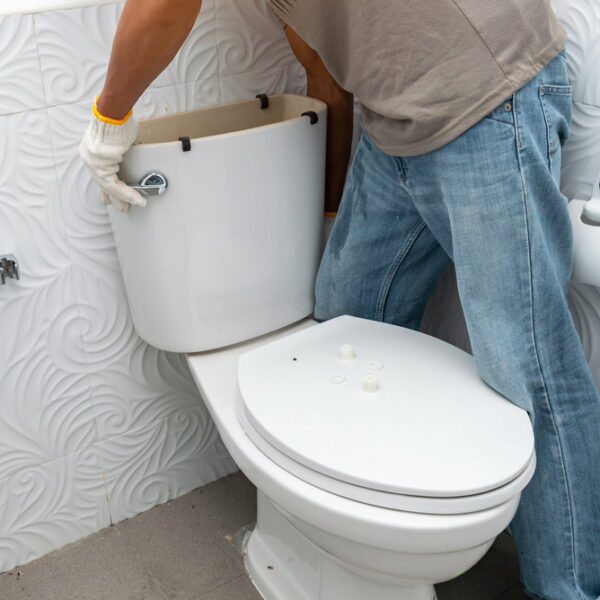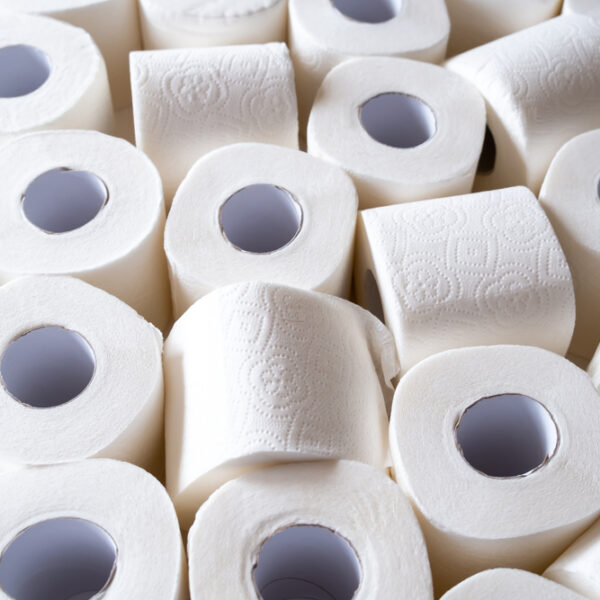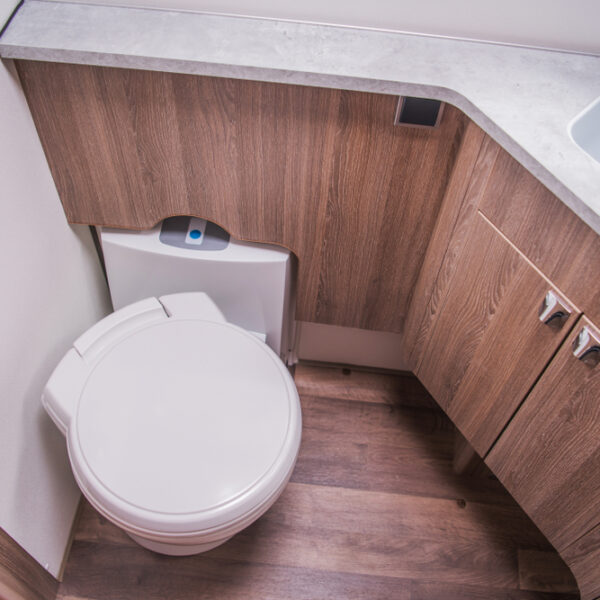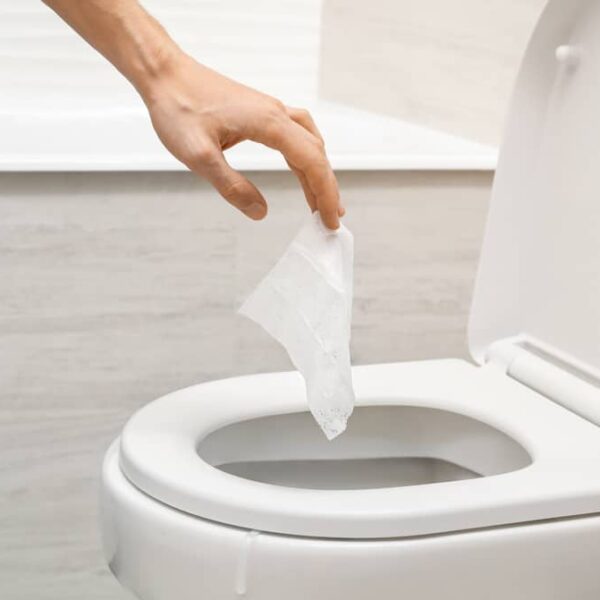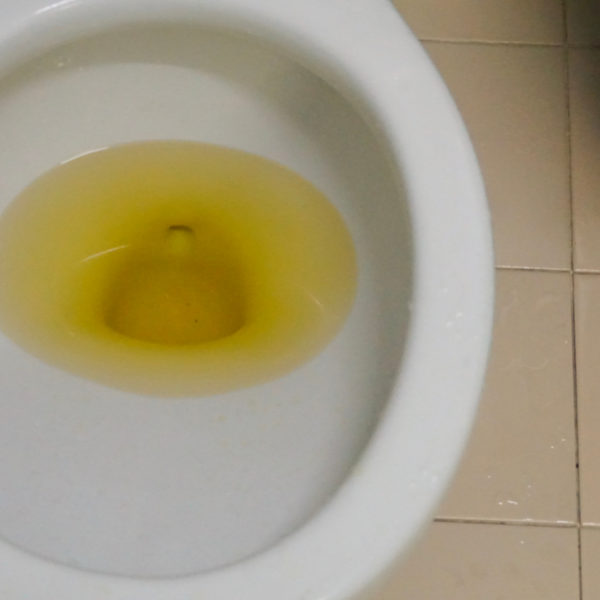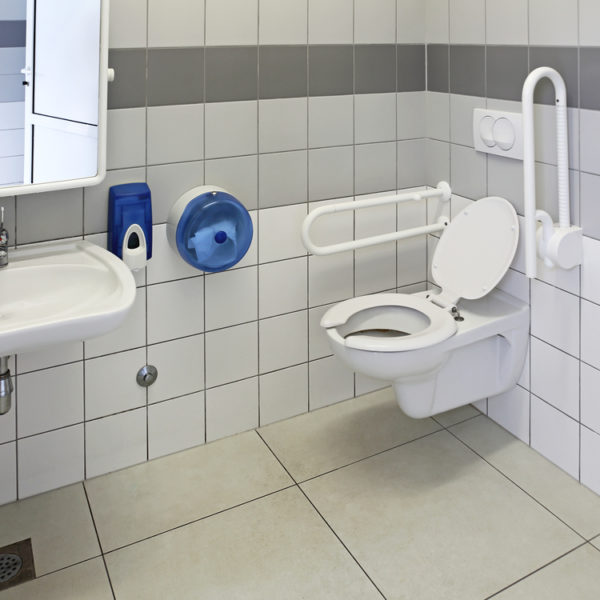Modern bathrooms use less water with each flush. Since water goes slowly through the pipes, such a flow can increase the risk of clogging. When noticing that your basement drain backing up when flushing the toilet, you can be sure there is an issue with a clogged sewer line.
In some cases, you can solve the problem yourself, but it is better to call a professional for more complicated situations. Let them deal with eliminating a blockage in a sewer line since such intervention requires knowledge, particular skills, and adequate equipment.
Basement Floor Drain’s Inner Working
Understanding the connection of the toilet to the drains in the basement can help you solve the existing problem or prevent it without expert involvement.
As you know, the floor drains are at the lowest point of the basement so that all the water flows into them. However, your toilet is not the only source of wastewater. The system also accepts the one from the kitchen sink, washbasin, and bath.
The toilet floor always has plastic or metal gratings that collect larger particles and prevents clogging. You can find a similar grating on your basement floor with a strainer placed under it for collecting smaller particles and the so-called U trap. Its purpose is to prevent bad smells and insect issues from the sewer system.
Unfortunately, your wastewater is not the only problem for the sewerage system. Rainwater often causes similar issues, and the only thing you can do is to install a backwater valve that stops water from returning during heavy rains.
Causes of Basement Drain Backing up When Flushing the Toilet
There are many reasons for your basement flooding, but you can prevent most of them by changing your habits. Let’s discuss the most common reasons for basement drain backing up when flushing the toilet.
1. Non-flushable materials
There is no way for non-flushable materials to be entirely broken, and they accumulate in drain pipes over time, causing blockages. The result is toilet clogging and probable basement flooding. There is quite a long list of materials the toilet flush can’t remove, including:
- Cigarette filters
- Some toilet paper types
- Difficult to decompose toilet towels, pads, and wet wipes
- Toys
- Coffee grounds
- Fat and grease from the pans after cooking
2. City sewer drain’s obstructions
The cause of overflowing water can be clogged city sewer drains. Basically, any damage, burst pipe, or obstruction can cause damage to your household.
There is why backwater valves you can close in such a case are vital. If you don’t have any, it will be wise to ask a plumber to install one as soon as possible.
3. Three roots
Too deep and spreading tree roots are a complex problem since you can’t influence them. They are always strong, have a devastating effect on the sewage system after entering the pipes, and often cause their bursting.
What to Do About Basement Drain Backing up?
Before doing anything about the blockage, you should understand the mechanism of the collecting pipes. As I have already mentioned, all the drains from your washing machine, dishwasher, toilets, and sinks merge into one main drain.
Obstruction leads to water overflow in a toilet and eventually in a basement. You can’t be sure which pipe is blocked in each particular case, but you can take action to reduce or solve the problem.
The sewer cleanout pipe provides access to the sewer network, and you can typically find it in your garden or the basement. On its end is a cup you need to remove to relieve the pressure.
Sometimes, you can notice water inside as a sign of obstruction. The first step is to try one of the standard DIY methods to solve the problem:
1. Baking soda and white vinegar
The quickest way to unclog the sewer line is to add a cup of baking soda and white vinegar. Let it sit for around ten minutes to allow the mixture to spread through the system, and then flush the toilet a few times to rinse the pipes.
2. Hot water
Fats and oils accumulation is usual in a kitchen drain, and you can sometimes solve it by pouring hot water down the sewer pipes. Let it run through the system for 5 to 10 minutes, but be aware that this method can work only when the obstruction is incomplete.
3. Plunger
The plunger is an inexpensive and easy way to unclog the sewer pipes. If you want to try this method, it is necessary to wear gloves to protect your hands from splashing the dirt.
Place the bell against the opening and pump air into the drain. It is crucial to be gentle initially, and then increase the pressure and repeat the procedure with vigorous moves. Be patient because this process takes time, and flush your toilet from time to time to see the result.
4. Drain snake
The drain snake is a long metal cable with a flexible metal piece and plastic protective part for holding. Be careful with a chosen model to prevent toilet bowl damage since you need to force it through the sewer pipes.
Start by inserting the snake’s twisty top into the toilet while holding a protective plastic handle with another hand. Be careful with the curves and always twist and patiently push back and forth the snake until unclogging. Then, flush the toilet.
What Can a Plumber Do About Basement Drain Backing up?
Calling a plumber is the best option when you face the problem with the basement drain backing up. Remember that you can damage the pipes if you are not skillful, causing expensive repair.
Therefore, asking experts for help can be a practical and affordable option in most cases. They will solve the problem in one of two possible ways:
Drain cleaning cables
Drain cleaning cables include long spiral metal wire (augurs) and a tiny camera attached to a flexible cord. It allows visualization of the blockage and determines the exact location and degree of obstruction.
This cable is an efficient and convenient tool against severely clogged drains, but you shouldn’t use it on your own. Hiring a plumber typically prevents worsening the problem and probable damage to old and corroded pipes.
Hydro jet
Plumbers often use highly efficient hydro jets to solve the most complicated blockages. It is a device with a 985 feet (300 m) long cable that releases water under high pressure.
The flushing pipe is typically 1,310 or 1,640 feet (400 or 500 m) long. Never use this equipment if you are not experienced since it is the sure way to prevent pipe bursting.
Cleaning the Basement After Drain Backing up
Unfortunately, solving the problem with basement drain backing up is not the end of work. In fact, the worst part is in front of you. After unclogging the sewer pipe, there is an unpleasant job to deal with. You should clean a mess!
The first thing to do is to provide proper ventilation by opening a window and door. Unobstructed airflow is the most practical way to eliminate unpleasant odors and prevent inhaling fumes.
Be aware that wastewaters can be a dangerous source of diseases, so your best option is to wear protective goggles, gloves, and a mask before cleaning dirt residue. That way, you will protect yourself from mold and bacteria accumulated in the dirt.
The next step is to clean the area with hot water and soap and rinse the affected area. If you have a carpet, the best to do is to remove it and then throw it away or take it to dry cleaning, depending on the damage level.
Finally, apply disinfectant to kill microorganisms that survived the hot water treatment. After thoroughly cleaning and rinsing, you should check for possible areas where moisture can form and find a way to prevent this issue on time.
Preventive Measures
Once the problem with a basement drain backing up occurs, it will cost you time, patience, and money. The best way to make your life easier is to follow a few tips to prevent further accidents.
Trash can
Putting a trash can in your bathroom is an excellent solution. That way, you can get rid of diapers, women’s products, napkins, tampons, and wet wipes without throwing them away in the sewer drain.
Close the lid and bathroom door
Avoid making the bathroom accessible to kids, particularly toddlers, and keep the toilet lid closed. That way, you can prevent small toys from ending in the toilet bowl.
Install a backwater valve
Installing a backwater valve is an excellent way to prevent clogging problems and save money. This functional piece allows water to flow in only one direction regardless of drain condition.
Once the water returns, the valve will close and prevent content spill. As soon as the pressure relinquishes, it will return to the initial position.
Summary
Drain blockage is a complex problem, and it is often not advisable to solve it yourself. You can try to unclog the pipes in case of partial blockage, but complete obstruction requires professional intervention. As always, prevention is the key, and you should give your best so that this kind of inconvenience never happens again.
